Roux is a fundamental component of classic French and Creole cooking, serving as a cornerstone for a wide range of dishes in so many other global cuisines, from brown gravies to everyday sauces.
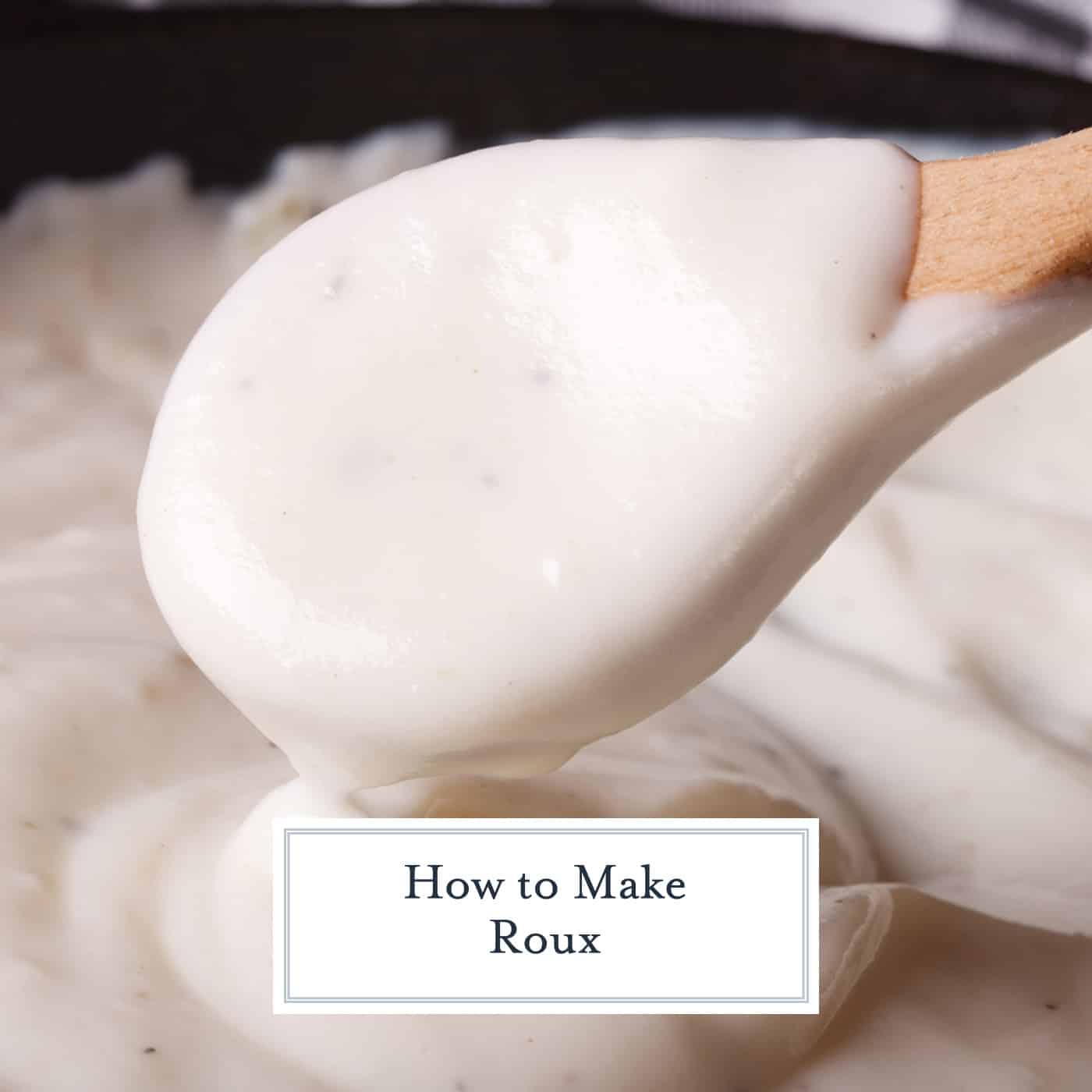
I remember when I learned about roux in a cooking class, I was in college and whenever I cooked for friends I’d throw this term around. It is a sure way to sounds like a total expert in the kitchen. And a useful tool- the age-old issue of a sauce or dish being too thin is easily solved with a simple solution: roux.
But roux goes far beyond just thickening, it is also an agent for flavorful and the base for many classic dishes. And, of course, for the home cook to take their cuisine to the next level.
What is Roux?
Roux, pronounced “roo” ,is a simple yet essential culinary mixture made from two basic ingredients: fat and flour. In some gluten-free dishes, the flour is replaced with gluten-free flours and sometimes even cornstarch or arrowroot.
These ingredients come together to form a thickening agent that serves as the base for countless recipes.
Roux plays a vital role in global cuisine for thickening and flavoring dishes and sauces. The combination of fat and flour transforms into a smooth, creamy paste that changes the consistency of a dish but also its overall taste and texture depending on the type of roux used.
Types of Roux
Yep! There are several types of roux and knowing the difference by time, smell and sight is how you know when each one is ready.
White Roux
White roux is the simplest and most common type. It’s made by cooking equal parts of fat and flour together until they form a pale, paste-like mixture. This type of roux is used in white sauces, béchamel sauce, white sauce, queso dip and soups, contributing thickness without adding color so it is verstile and can be added to nearly anything.
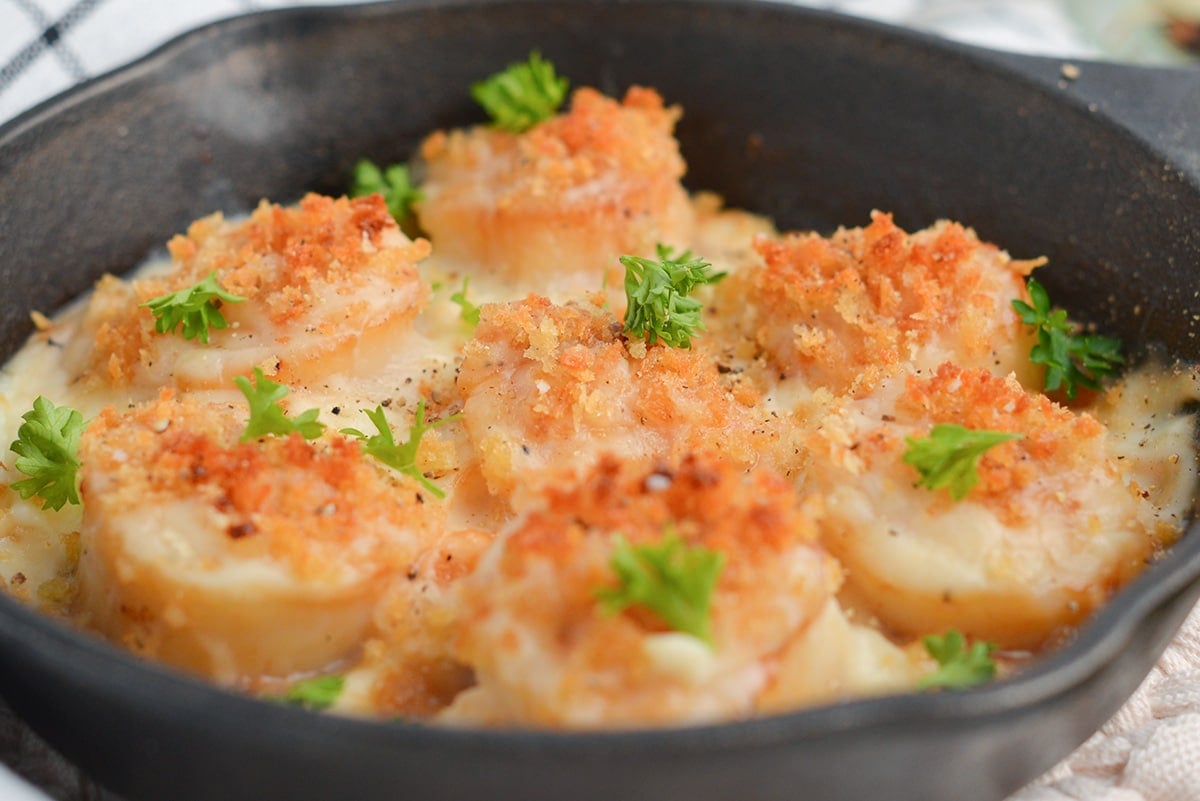
Blond Roux
Blond roux (blonde roux) is the next stage, where the roux is cooked slightly longer than white roux. This additional cooking imparts a light, golden color and a subtle nutty aroma and nutty flavor, which is undeniable when you smell it. It’s commonly used in velouté sauces, sausage gravy and brown gravy.
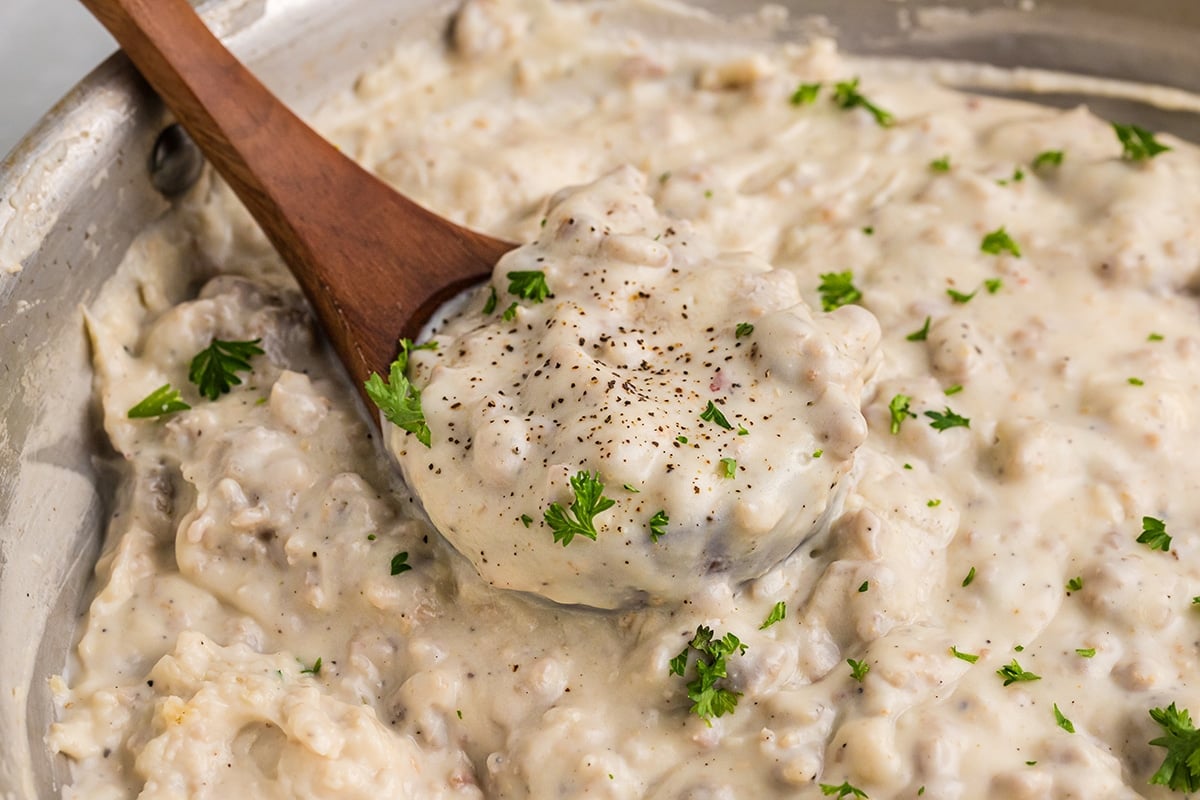
Brown Roux
Brown roux, sometimes called a dark roux, is the most robust of the three main types. It’s made by cooking fat and flour until they develop a deep, rich brown hue and will smell a lot like popcorn. This roux is a key ingredient in the gumbo and many other Creole and Cajun dishes, lending a distinct flavor and color to these iconic recipes.
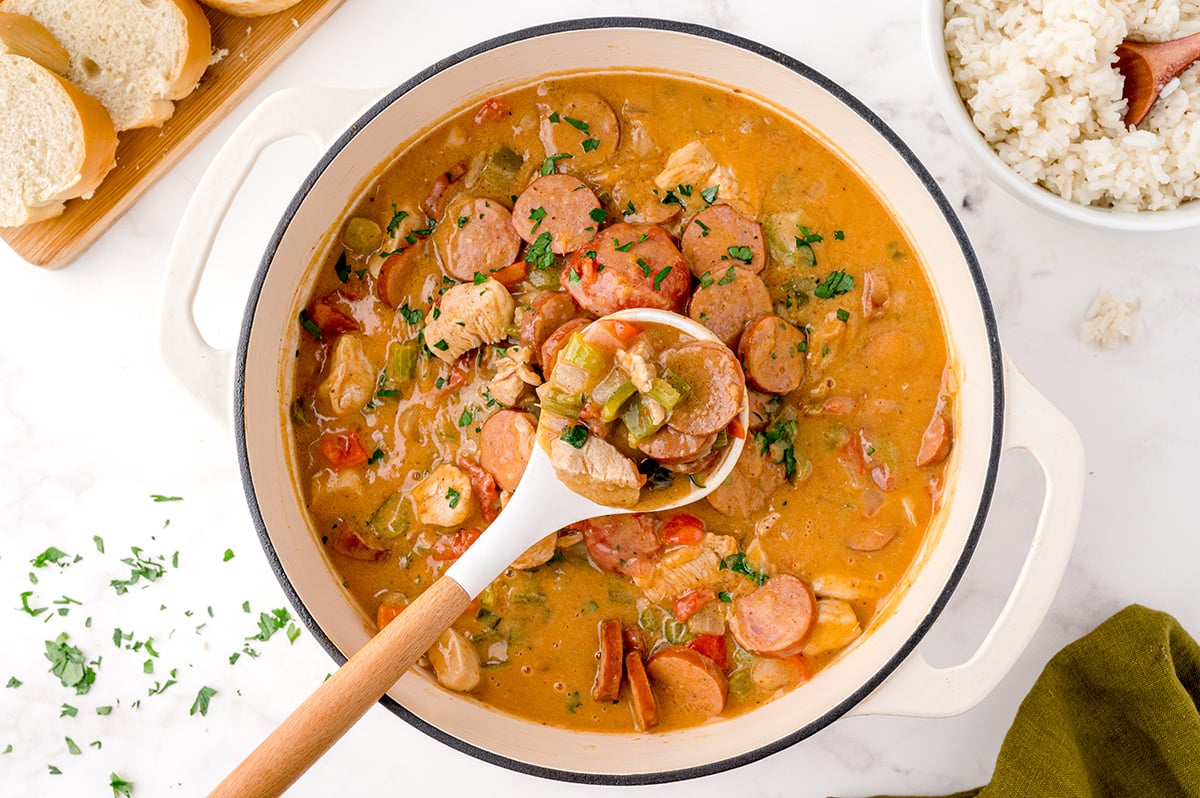
Clarified Butter Roux
This variant of roux uses clarified butter, which means the milk solids have been removed from the fat. It’s particularly popular in French cooking, where the clean, pure flavor of clarified butter enhances delicate sauces, clean eating diets and Indian food.
Types of Fat for Making Roux
Different types of fats can be used to make a good roux, this usually depends on the type of dish and also dietary restrictions. The choice of fat can influence the flavor of the roux and, consequently, the dishes in which it’s used. Here are some common types of fats used for making roux:
- Butter: Unsalted butter is a popular choice due to its rich, creamy flavor. It’s commonly used in classic French cooking and is great for making white roux. Unsalted allows you to control the saltiness. Salted butter can also be used, but be mindful of other salty seasonings.
- Clarified Butter: This is butter from which the milk solids have been removed, leaving behind pure, golden liquid fat. It’s often used in high-end cooking, “whole” diets and Indian food.
- Vegetable Oil: Neutral-tasting vegetable oils like canola, grapeseed, or safflower oil are frequently used in roux. They work well in dishes where you don’t want the fat to have flavor and be used purely for thickening.
- Peanut Oil- Used when the dish require a higher smoke point, but has issues with nut allergies.
- Lard: Lard, made from rendered pork fat, can add a rich and savory quality to roux, particularly in Southern cuisine.
- Bacon Fat: Also commonly used in Southern food, roux using rendered bacon fat leaves a smoky, flavor. It imparts this flavor on the whole dish. This is one of the reasons grandmas all over had a coffee can of bacon grease in the fridge!
- Chicken or Turkey Fat: For poultry-based dishes, using fat from chicken or turkey can enhance the flavor profile of the roux.
- Duck Fat: Duck fat roux is used in some gourmet French recipes, adding a distinct duck flavor and richness. Duck fast can be purchased in a tub.
- Beef Fat (Tallow): In recipes where a beefy undertone is desired, such as some Cajun and Creole dishes and gravy, beef fat or tallow can be used to make roux.
- Margarine: If you have dietary restrictions or prefer a dairy-free option, margarine can be used to make a vegan roux.
- Coconut Oil: For dairy-free or vegan cooking, coconut oil can be used to create a roux, which can add a subtle coconut flavor to the dish.
The choice of fat should align with the flavor profile you want to achieve in your final dish. Keep in mind that the type of fat can also impact the color of the roux; for instance, butter or bacon fat will produce a roux with a slight color, while vegetable oil or clarified butter will result in a whiter roux.
How to Make Roux
Creating roux is a straightforward process, but it requires patience and a watchful eye. Here’s a step-by-step guide to making roux using these simple ingredients.
- Fat of choice
- All-purpose flour
- Gather your ingredients: Choose your fat and measure the desired amount of flour. The typical ratio is equal parts fat and flour, but this can vary based on your recipe.
- Heat the fat: In a saucepan or skillet, melt the chosen fat over medium heat. The fat should be hot but not smoking.
- Add the flour: Gradually sprinkle the flour into the hot fat while constantly stirring with a whisk or a wooden spoon. This step is crucial to prevent lumps from forming. Cooking heats treats the raw flour.
- Cook and stir: Continue cooking the mixture over medium heat, stirring constantly. The roux will initially be a pale color, then gradually darken and change scents as it cooks. The length of cooking depends on the desired type of roux. The longer is gets, the darker roux you’ll achieve. Watch it closely as these changes tend to happen mighty fast!
- For white roux, cook for 2-3 minutes until it’s pale and paste-like.
- For blond roux, cook for 5-7 minutes until it turns a light golden color.
- For brown roux, cook for 10-15 minutes or longer until it becomes a rich brown hue.
- Cool and use: Once your roux reaches the desired color, remove it from the heat and let it cool slightly before incorporating it into your recipe. Remember that hot roux will thicken your dish, so add it to your liquid components while stirring to prevent lumps.
Uses for Roux
Roux is used in so many types of recipes. Here are a few of the most common:
- Sauces and Gravies– Roux is the foundation for classic sauces such as béchamel, velouté, and Espagnole. It adds the necessary thickness and smoothness to these sauces, which can then be further enhanced with various seasonings and ingredients to suit a particular dish.
- Creamy Soups and Stews– In many soups and stews, especially those in French and Cajun cuisines, roux is used to create the desired consistency and flavor. Gumbo, for example, wouldn’t be the same without the distinctive richness imparted by a brown roux.
- Macaroni and Cheese– Roux forms the basis of the creamy cheese sauce that blankets macaroni, providing both the creamy texture and the ability to hold the cheese together. If you use just melted cheese, it will get greasy and fall right off the pasta. It sometimes called the “mac sauce” because no matter what type of cheese sauce you make, it all begins with a roux.
- Pot Pies and Casseroles– Roux is often used in pot pies and casseroles to thicken the filling and create a cohesive mixture that binds the ingredients together.
- Meatloaf and Meatballs– In meatloaf and meatball recipes, roux can be added to help retain moisture and enhance the texture of the final dish. In some this is a modification of using milk or condensed milk as a fat and bread crumbs as the starch.
- Asian Stir-fries– While not a traditional use, roux can be a secret weapon in Asian stir-fry dishes. A roux can add thickness and a glossy finish (especially if you use cornstarch!) to the sauce, creating a delightful balance of flavors and textures.
How to Freeze Roux
Freezing this roux recipe is a convenient way to have this essential kitchen ingredient readily available. The trick is freezing it in small portions to use when needed and not having to thaw the whole batch.
To do this, we freeze it in ice cube trays. Grab a few cheap trays and freeze them. Pop them out and transfer them to a freezer bag. Keep frozen for up to 6 months and use when needed.
There are 1-2 tablespoons in each ice cube tray well, measure yours so you know how much you are freezing.
Commonly Asked Questions
No, a roux and a slurry are not the same thing. A roux is a mixture of hot fat and flour that is cooked together to create a thickening agent used in cooking, while a slurry is a mixture of cold liquid and a starch (usually cornstarch or flour) that is added to a dish as a thickener without prior cooking.
The most common ratio of flour to fat (usually butter) in a roux is 1:1. For example, if you use 4 tablespoons of butter, you would use 4 tablespoons of flour.
No. A roux is made from flour and fat. When mixed with water, it is a slurry.
When adding roux to a liquid, the general rule is to ensure that the liquid is hot, and the roux is at room temperature (or at least cooled a little. The liquid should be brought to a simmer or boil before incorporating the roux gradually, whisking continuously to prevent lumps.
Yes, you can save roux for later use. Once prepared, roux can be stored in an airtight container in the refrigerator for several weeks or in the freezer for several months. When you’re ready to use it, simply reheat the roux and whisk it into your hot liquid to resume cooking or thickening your dish.
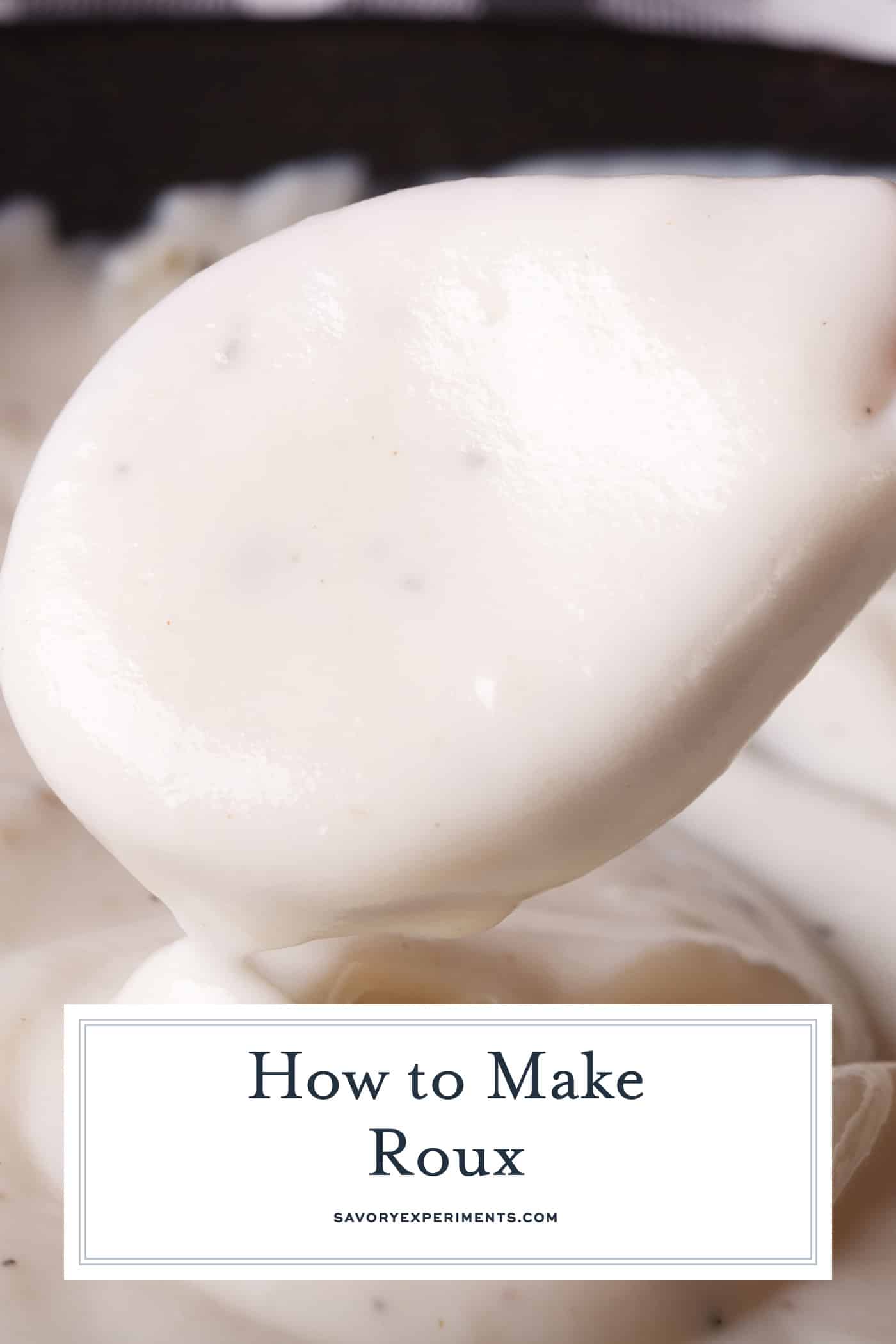
Roux Recipe
Ingredients
- 4 tablespoons unsalted butter
- 4 tablespoon flour
Instructions
- In a saucepan or skillet, melt the chosen fat over medium heat. The fat should be hot, but not smoking.
- Gradually sprinkle the flour into the hot fat while constantly stirring with a whisk or a wooden spoon.
- Continue cooking the mixture over medium heat, stirring constantly. The roux will initially be a pale color, then gradually darken and change scents as it cooks. For white roux, cook for 2-3 minutes until it's pale and paste-like.For blond roux, cook for 5-7 minutes until it turns a light golden color.For brown roux, cook for 10-15 minutes or longer until it becomes a rich brown hue.
- Once your roux reaches the desired color, remove it from the heat and let it cool slightly before incorporating it into your recipe. Remember that hot roux will thicken your dish, so add it to your liquid components while stirring to prevent lumps.
- If you've tried this recipe, come back and let us know how it was in the comments or star ratings.
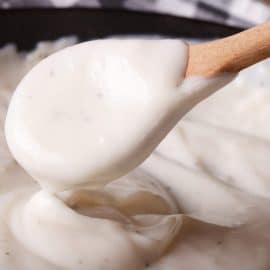

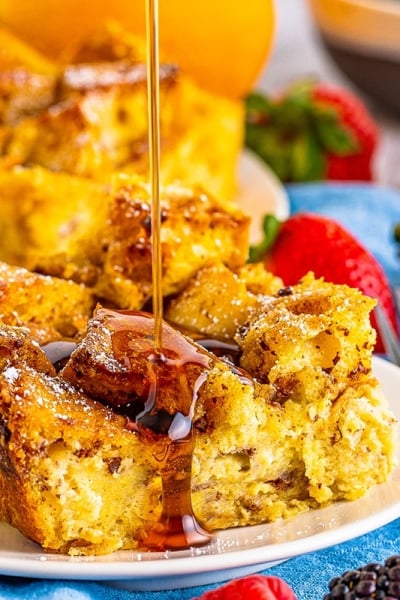
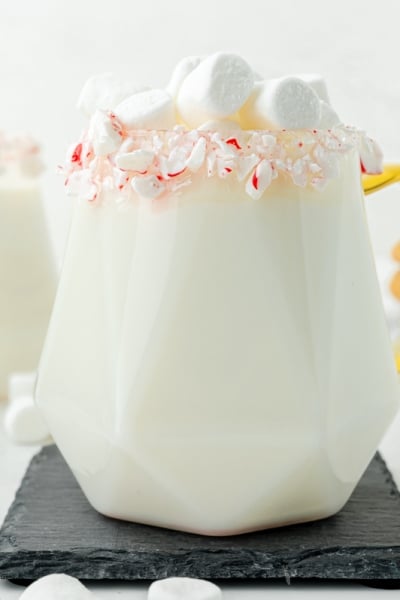

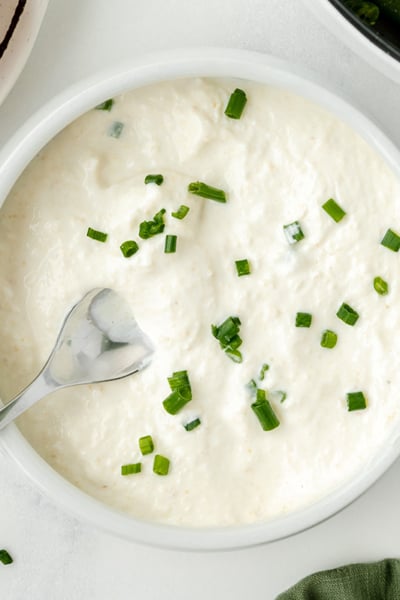
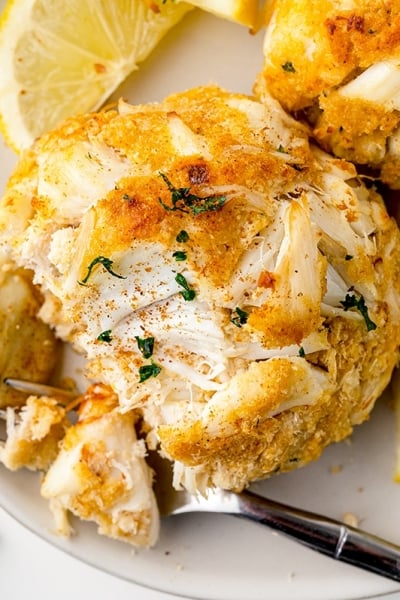
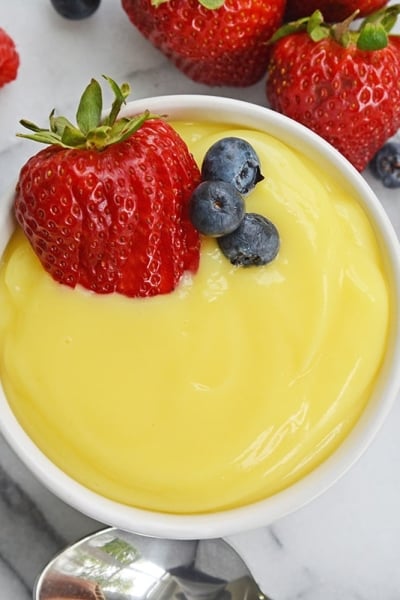
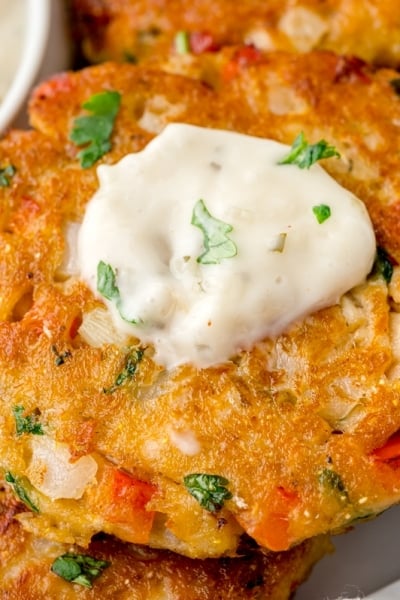
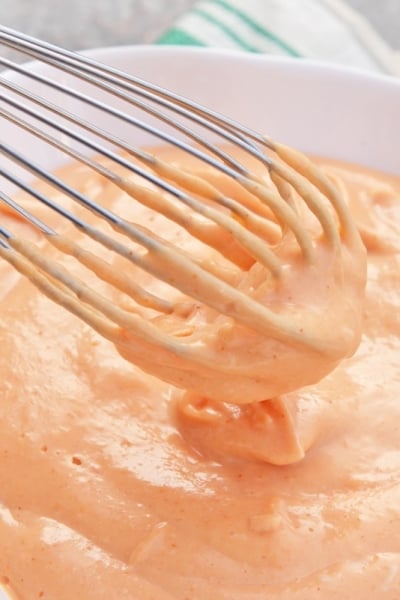
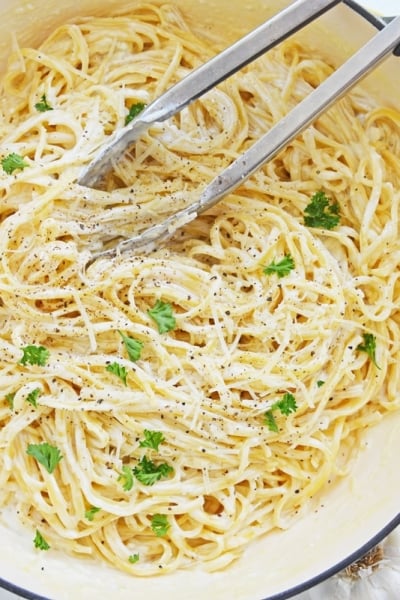
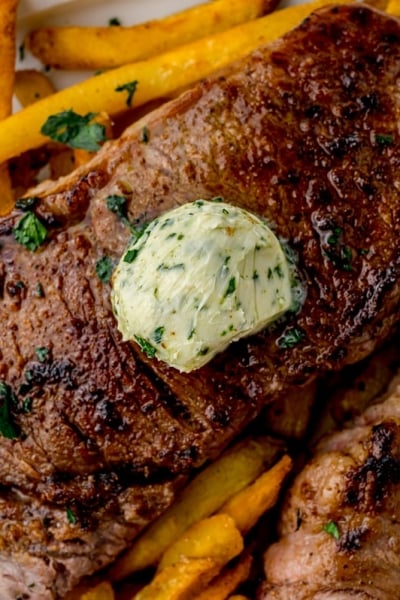







Gosh, this is super helpful! So many great tips. I printed this out to keep on-hand in the kitchen. Thank you!
These are some great tips with so many uses and with minimal ingredients! Looking forward to giving this a try, indeed!
Roux is something every cook should know how to make!
I always have trouble getting my roux to turn out right, and to make sure my sauce doesn’t split, and thanks to your guide I was able to make both my roux and my cream sauce successfully! Thank you so much!
Knowing how to make a good roux is such a good cooking skill to have! 🙂 Love how you broke it all down here.